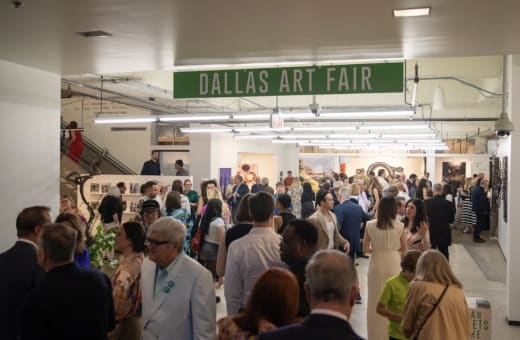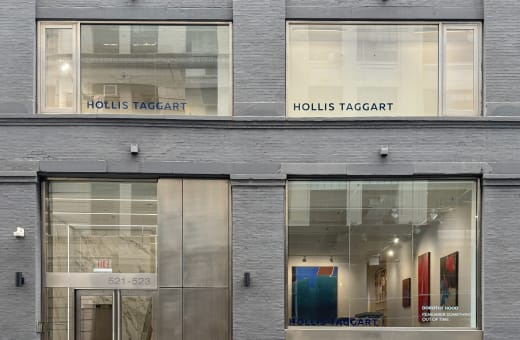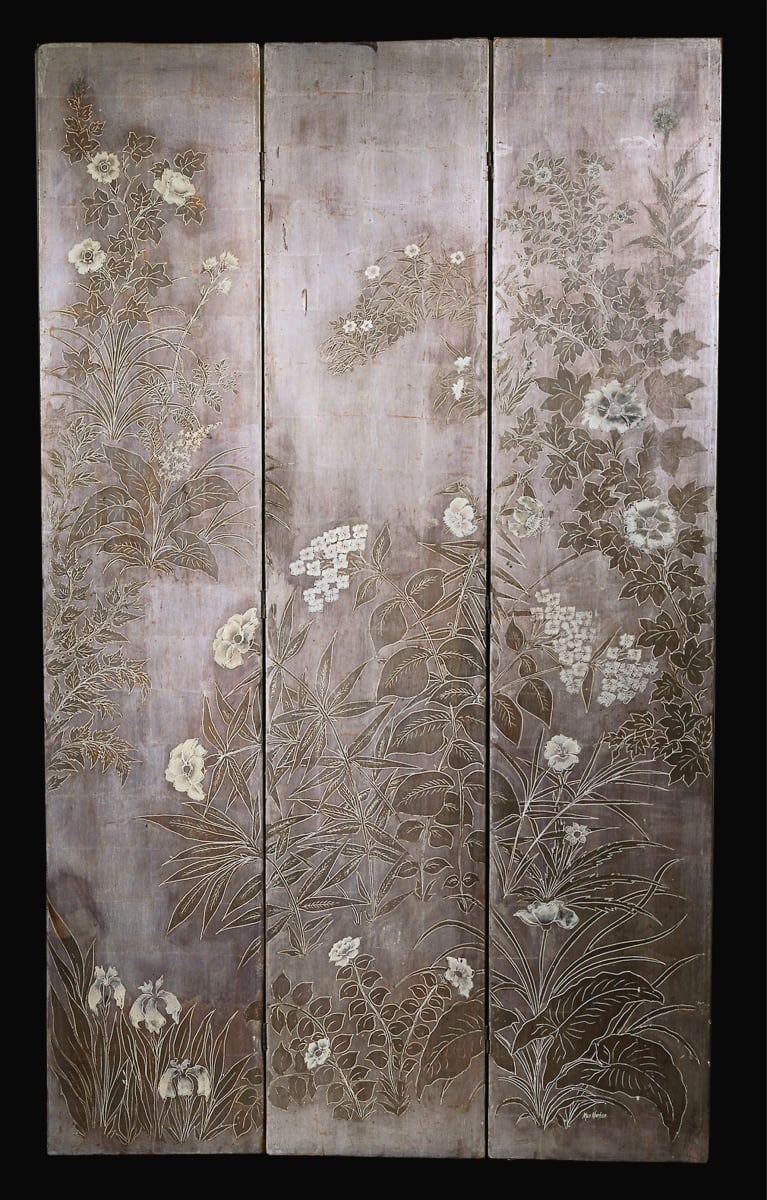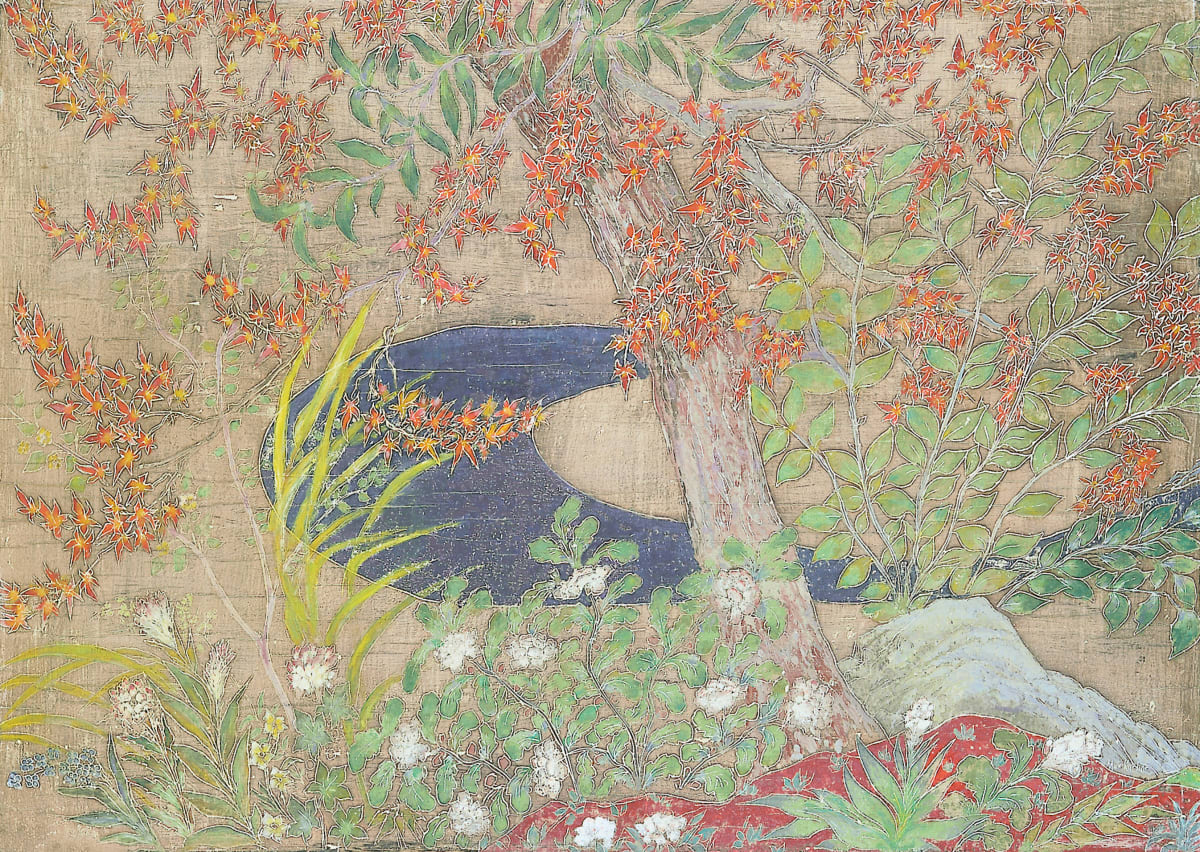
Kuehne’s work defies categorization. He was one of the rare artists who successfully worked both in the fine and decorative arts with equal authority.
A landmark exhibition that bridges the gap between the fine and decorative arts will be held at Hollis Taggart Galleries. Max Kuehne: Artist and Craftsman is a unique presentation of more than 30 works by this talented and imaginative artist and artisan. Max Kuehne (1880-1968), in addition to being a prolific painter, was an accomplished craftsman, who mastered antique techniques and combined them with varied influences from around the world. Through his refined style of decorative incised painting on objects and furniture, screens, chests, boxes, and even doors became his "canvases." The exhibition opens with a reception from 5:30 to 7:30 PM on Thursday, May 24th and runs through Saturday, June 23rd.
A landmark exhibition that bridges the gap between the fine and decorative arts will be held at Hollis Taggart Galleries. Max Kuehne: Artist and Craftsman is a unique presentation of more than 30 works by this talented and imaginative artist and artisan. Max Kuehne (1880-1968), in addition to being a prolific painter, was an accomplished craftsman, who mastered antique techniques and combined them with varied influences from around the world. Through his refined style of decorative incised painting on objects and furniture, screens, chests, boxes, and even doors became his "canvases." The exhibition opens with a reception from 5:30 to 7:30 PM on Thursday, May 24th and runs through Saturday, June 23rd.
Kuehne’s work defies categorization. He was one of the rare artists who successfully worked both in the fine and decorative arts with equal authority. He studied under William Merritt Chase, Robert Henri, and Kenneth Hayes Miller around the turn of the century, and subsequently traveled to Europe to complete artistic training. Paintings in this show, dating from 1917 to 1923, depict the dramatic landscapes of his beloved Spain, and his paintings from the 1950s and 60s, such as Still Life of Flowers, are colorful renditions of floral arrangements that reflect Kuehne’s admiration for Pierre Bonnard’s still lifes. Throughout his career Kuehne remained committed to easel painting, as it was as important to him as the wood carving and incised work. As a craftsman, he synthesized imaginative methods and contemporary materials with gold and silver leafing techniques and glazes on gessoed surfaces, which originated in medieval Italian artistry.
Inspiration for his imagery came from such diverse sources as Persian miniatures, Japanese prints, Coptic ornamentation, and the terrain of Spain and Portugal. His framed three-paneled screen, Floral Arrangement in Pink and Silver, exemplifies his incorporation of Japanese design elements in the delicate rendering of the monochromatic floral motif. His sensitivity to these designs and the curved line match those one finds at the height of Art Nouveau, yet no single element ever appears derivative, it is always fresh and original. Through his travels and his ardent study of other cultures, he gathered the knowledge that would serve him throughout his professional life. Kuehne’s time spent in Spain, with its rich history of the decorative arts, proved to be the catalyst for his expansion into other areas of artistic production, including frame making. One is struck by the luminosity of the finishes and sheer elegant beauty of the designs.
With our exhibition and catalogue, we seek to renew public awareness in Kuehne’s painting and incised work, and restore his status to that bestowed upon him by patrons, collectors, and fellow artists in his day. Kuehne’s work is of historical importance in terms of decorative arts production in American between 1910 and the 1960s. Notable benefactors like Gertrude Vanderbilt Whitney, Mrs. Harry Payne Whitney, Juliana Force (founding director of the Whitney Museum of American Art), A.E. Gallatin, Archer Huntington, Duncan and Marjorie Phillips, and Dr. Albert Barnes championed his work. Likewise, artists such as Maurice Prendergast, Charles Sheeler and Ernest Lawson enlisted his expertise in the making of frames for their own paintings. He befriended Rockwell Kent, Charles Prendergast, and Edward Hopper, to name only a few of his contemporaries with whom he was acquainted. Kuehne’s enduring designs are in the collections of major museums including: Metropolitan Museum of Art, New York, The Whitney Museum of American Art, The Detroit Institute of Arts, Worcester Museum, New York Public Library, The Library of Congress, The Hispanic Society of America and Yale University Art Gallery.
This exhibition, curated by the gallery’s director, Vivian Bullaudy, will bring Max Kuehne’s achievements to a new audience to re-evaluate and enjoy. An illustrated accompanying catalogue, priced at $25 will be available. Containing didactic essays by Professor Richard J. Boyle (former director of the Pennsylvania Academy of the Fine Arts) and William Adair (curator of the recent travelling exhibition, The Frame in America 1860-1960 the scholarship places Kuehne within an art historical context and carefully describes the methods he utilized to achieve his engaging luminous effects. Richard Kuehne, Max’s son, also contributed to the catalogue, adding familial anecdotes about his father and the many personages he encountered during his father’s career.
Max Kuehne: Artist and Craftsman reveals Kuehne to be a Renaissance man, fluent in any medium in which he chooses to work. As the artist remarked to Ann S. Beal, patron of his work, “I am a carpenter, a designer, a painter, and a gilder.”













